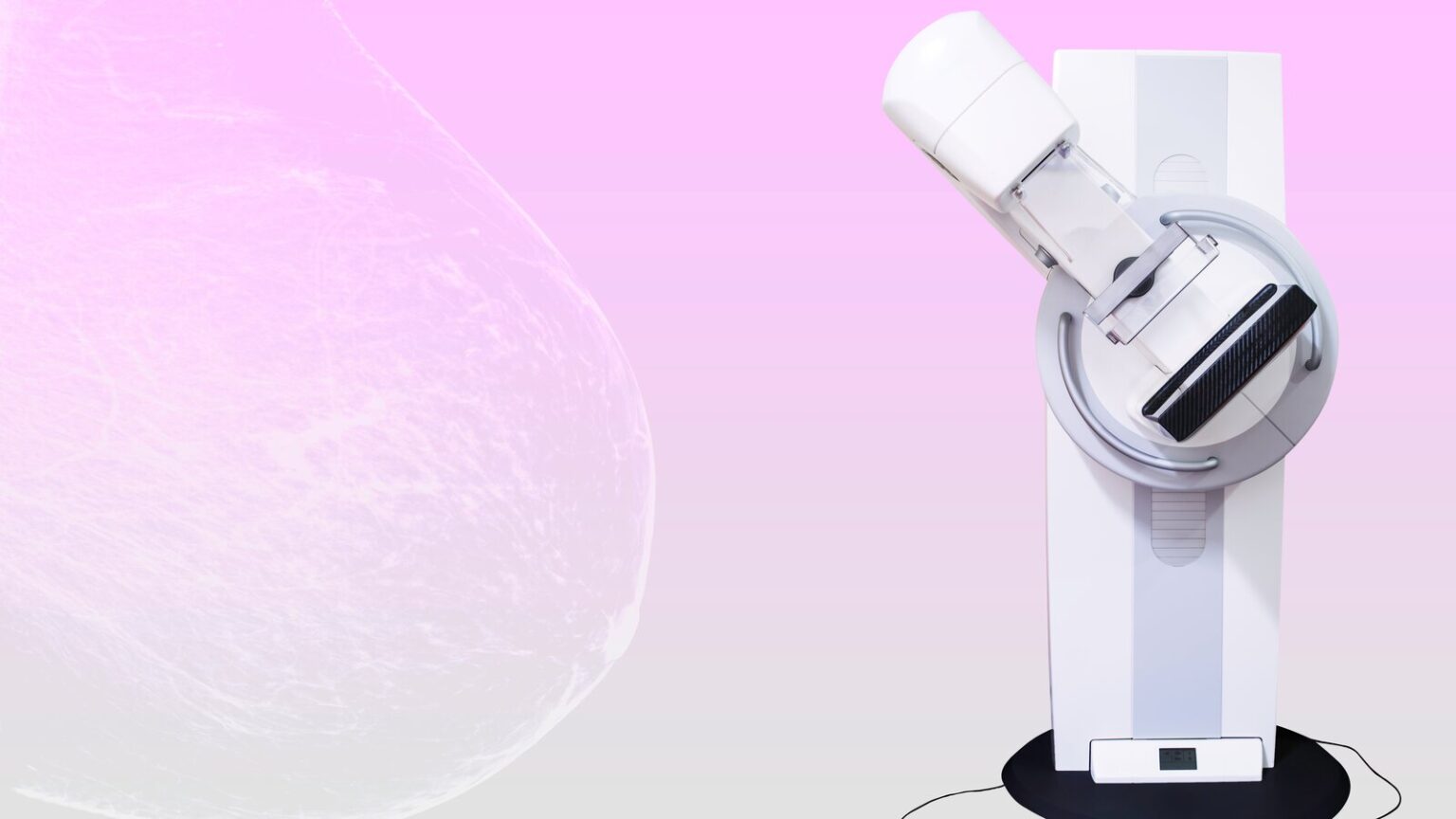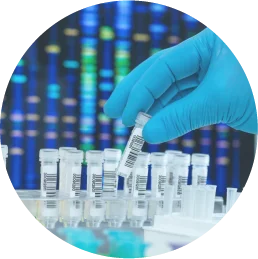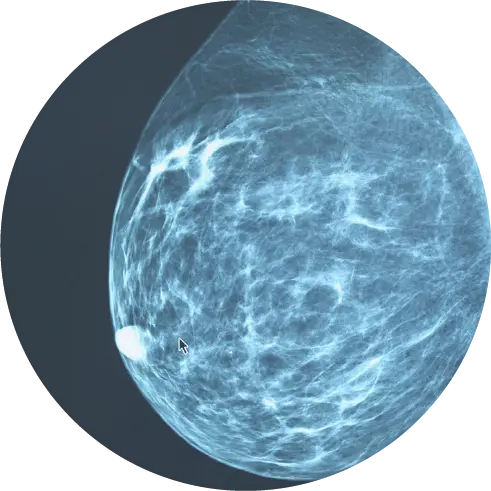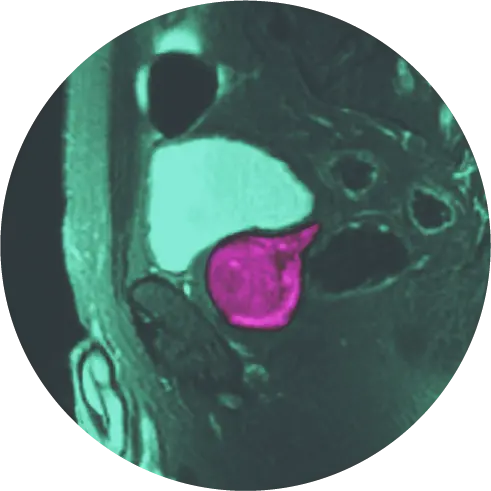Currently, more than 250,000 people are diagnosed with breast cancer every year, and many of them are surprised when they find out.1 Some of these individuals suspect something is amiss after discovering a lump in their breast, but many have absolutely no symptoms at all. In fact, many times, it’s the routine screenings that reveal questionable masses and calcifications. The next step is for doctors to do more testing so they can assess whether what they see is truly breast cancer or not.
Considering that 1 in 8 women may develop invasive breast cancer in their lifetime and that many won’t even have symptoms, early detection is imperative.2 To ensure that asymptomatic women are diagnosed in a timely manner and receive treatment as quickly as possible, screening tools like mammograms are utilized.
However, not all mammograms are created the same. In order to see breast tissue more clearly, screening facilities are now using 3D mammography, but because the technology is still new, it is not yet available at all imaging facilities. Fortunately, we do offer 3D mammography as standard of care at HALO DiagnosticsTM and consider it an integral part of our breast cancer screening process.
Learn why 3D mammography has quickly become the gold standard for breast cancer screenings and how this impacts the way breast cancer is diagnosed.
What Is a Mammogram?
A mammogram is a diagnostic procedure that takes low-dose X-rays of a patient’s breasts. These X-rays are designed to successfully identify masses, calcifications, and other abnormalities in breast tissue.3
Mammograms, in general, are divided into two broad categories. The first is a screening mammogram. These mammograms are for patients with no symptoms and take only a limited number of pictures. A diagnostic mammogram, on the other hand, is performed on a person who has an increased risk of breast cancer due to either family history or concerning symptoms.4 In this case, more images are taken to create a more complete picture of the breast in question.
Mammograms are an essential diagnostic tool, but there are limitations to traditional ones; specifically, the limited number of images. This limitation is one of the reasons why we offer 3D mammograms at our facilities.
Understanding 3D Mammograms
The goal of any mammogram is to diagnose breast cancer at the earliest possible stage to allow for early treatment. Earlier treatment generally leads to better long-term outcomes, since it minimizes metastasizing disease risk. Often, when cancer is diagnosed at an early stage, the required treatment is less intense and not so disruptive to the patient.
Fortunately, 3D mammography, also known as digital breast tomosynthesis, helps make early diagnosis and treatment possible. Like a traditional mammogram, the breast is compressed between two plates, and a low-dose X-ray is used to conduct the examination. However, with this technique, the X-ray arm moves in an arc over the breast to gather hundreds of photos at different angles. Each low-dose X-ray image displays a layer of the breast that’s about as thin as a credit card. From there, it combines these images to provide health professionals with a 3D view of your breast tissue. The result is a much clearer image of the breast tissue, which allows doctors to make better informed decisions regarding the next best step(s).
3D Mammograms: The New Gold Standard
There are numerous potential benefits associated with using 3D mammograms, and we’ve highlighted them below.
Better Detection Rates
One of the most noteworthy features about 3D mammogram technology is that the detection rate of suspicious masses is significantly higher. In fact, in one study completed in 2020, researchers reviewed over 1 million mammograms to compare 2D and 3D methods.5 They found that 3D mammograms were much more helpful in detecting small, invasive breast cancers than the traditional 2D mammograms. Therefore, if providers can see masses earlier, they can diagnose them and treat them in earlier stages.
Fewer Repeat Visits and Less Overtreatment
One of the most common frustrations many women express about traditional mammograms is that they are called back for additional testing. Doctors may see something on these 2D mammograms and not know exactly what they’re looking at. This sometimes results in women having to undergo a biopsy of the suspicious area.
Because 3D mammograms are significantly more detailed than their predecessors, doctors are more likely to be certain of what they are looking at and whether it requires additional imaging studies. This means that 3D mammograms may reduce the occurrence of costly, uncomfortable, and unnecessary testing such as biopsies of benign tissue.6
A 2019 study found that 3D mammograms had better screening performance and a lower abnormal interpretation rate.7 This means that patient’s can expect fewer false-positive results and potentially less overdiagnosis and overtreatment of suspicious areas with this screening tool.
Best for Dense Breast Tissue
Lastly, traditional mammograms are limited in their efficacy when it relates to dense breasts. Dense breast tissue happens when normal fatty breast tissue is replaced by denser connective tissue. There are many reasons why someone may have dense breasts, but it is also part of the aging process. Some statistics indicate that roughly 50 percent of women over 40 may experience dense breasts.8
Traditional mammograms are not always good at identifying masses in dense breast tissue. However, 3D mammography gives doctors the tools they need to treat densest breasts, allowing healthy tissue to be differentiated from potentially concerning tissue. This also helps reduce the need for additional interventions such as biopsies.
Book With Confidence at HALO Diagnostics
Breast health is an essential part of ensuring overall health for millions of women. Part of breast health includes having regular screening mammograms once you reach the age of 40 and diagnostic mammograms for any concerning symptoms. HALO Diagnostics believes our patients deserve the most thorough diagnostics available, our preference in breast diagnostics are undoubtedly 3D mammograms.
3D mammograms read by fellowship-trained radiologists allow us to diagnose breast cancer more confidently and at an earlier stage in the disease process, enabling us to minimize the need for costly and uncomfortable additional testing.
Our team also understands that when facing critical health decisions, you do not want to wait. We focus on streamlining the scheduling process to get you in quickly and get the answers you deserve. Schedule an appointment today to learn more about how we can best assist you!
References
- https://www.cdc.gov/cancer/breast/basic_info/index.htm
- https://www.breastcancer.org/facts-statistics
- https://www.cancer.org/cancer/breast-cancer/screening-tests-and-early-detection/mammograms/mammogram-basics.html
- https://www.nationalbreastcancer.org/diagnostic-mammogram
- https://jamanetwork.com/journals/jamanetworkopen/fullarticle/2768727
- https://www.cdc.gov/chronicdisease/programs-impact/pop/breast-cancer.htm
- https://pubs.rsna.org/doi/10.1148/radiol.2019181637
- https://www.cancer.gov/types/breast/breast-changes/dense-breasts




